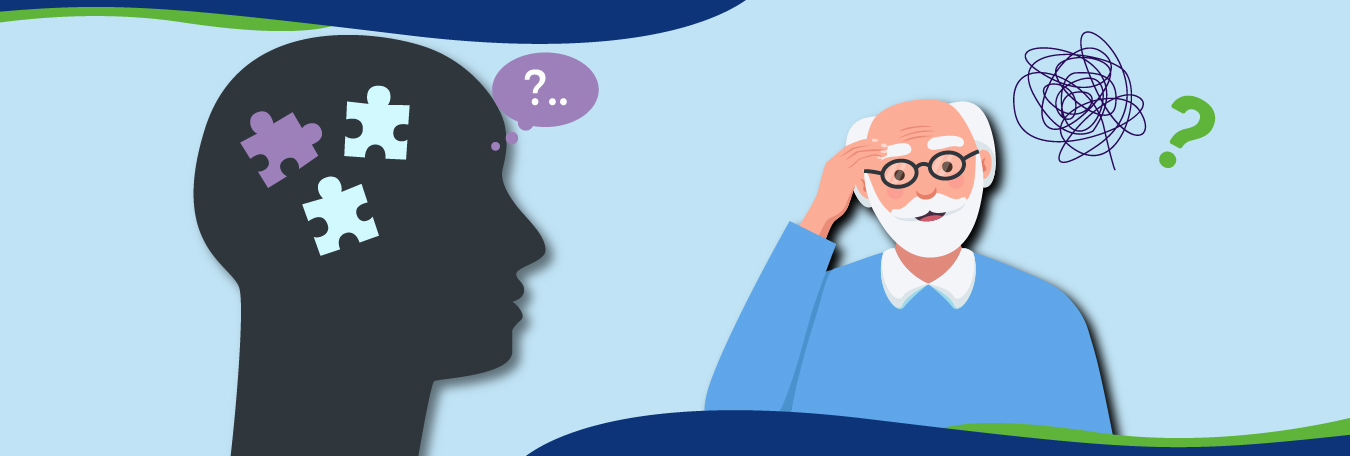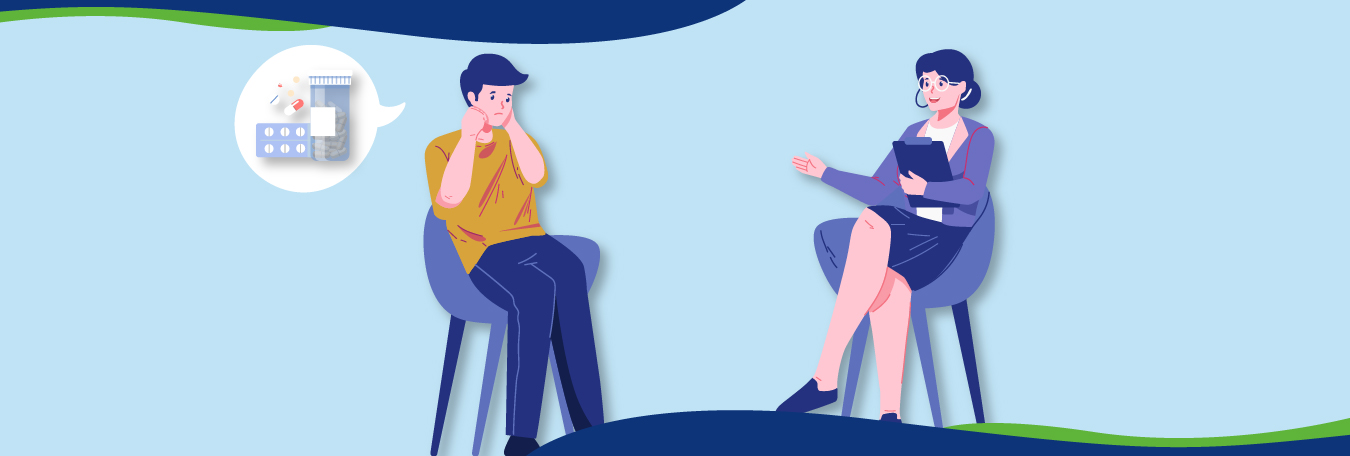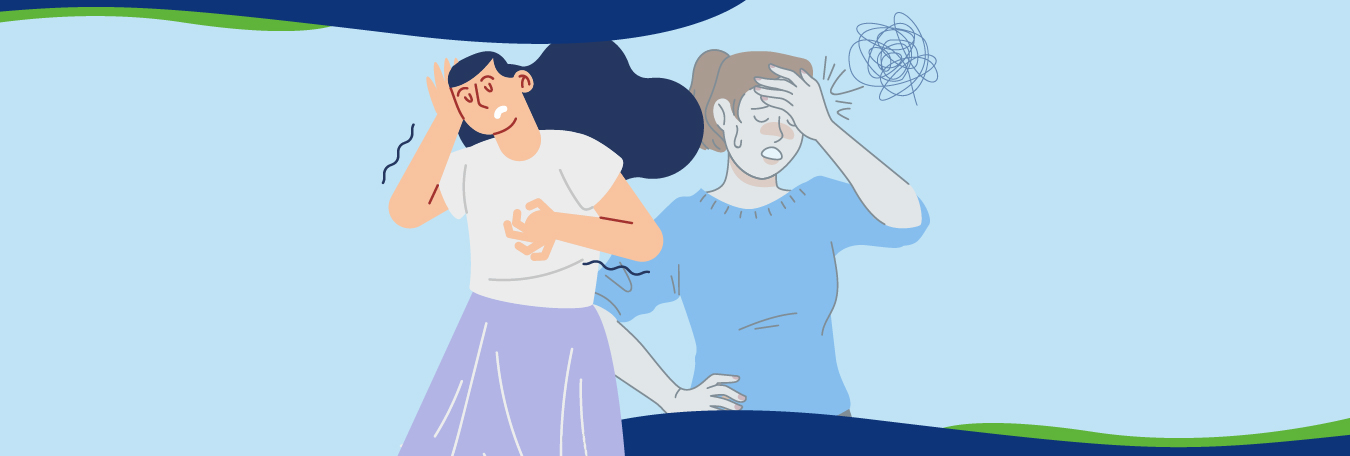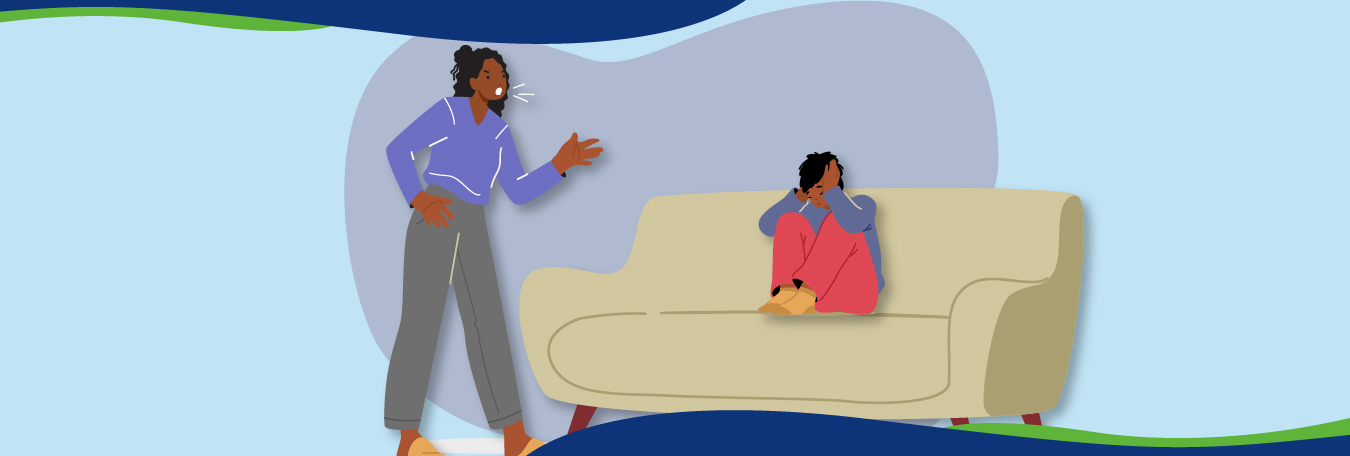Depression, being a common mental health condition capable of causing persistent feelings of sadness, is also capable of inhibiting normal everyday processes such as thinking, eating, sleeping and even acting normally. Different types of depression exist but all of them are essentially treatable, with the help of treatment procedures such as psychotherapy, medication, or a combination of both. Seeking prompt mental health help is essential for getting rid of the symptoms that can be highly debilitating.
What is Depression?
A depression definition is important to start with its descriptive detail. Depression is a type of mood disorder that is more than capable of causing feelings of extreme sadness and Anhedonia (loss of interest in things and activities you used to enjoy previously) that tend to persist for a long period of time. These symptoms of depression tend to cause difficulty with processes such as thinking, memory, eating, and sleeping, processes which are important for sustaining life.
While it is not unusual to feel sad about or go through grief over having a difficult life, which can be attributed to situations such as losing your job or a divorce, depression is different in the sense that it kind of persists essentially every day for two weeks at the very least and can involve a number of other symptoms rather than just sadness.
There are several types of depressive disorders. Clinical depression, or major depressive disorder, is often just called “depression.” It’s the most severe type of depression.

Different types of depressive disorder exist. Examples include clinical depression, also called a major depressive disorder, often called just “depression”, which is the most severe type of depression.
Read More: Depression in young adults: Signs, Causes, and Treatment
If it is left untreated, depression has the ability to get worse and be more persistent in terms of time. A severe case of depression causes or can often evolve into self-harm or suicidal ideation and behavior. The great news is that treatments such as the ones mentioned above do tend to be effective in treating the affected individuals.
What are the types of depression?
Depressive disorders are also classified by the American Psychiatric Association’s Diagnostic Statistical Manual of Mental Disorders, Fifth Edition (DSM-5) as you can see in the following list of different kinds of depression:
Major depressive disorder (Clinical depression):
It means you have felt sadness and have a low or worthless mood for at least two weeks during which the affected one also has to deal with other issues such as sleep problems, anhedonia (loss of interest in life generally), and even changes in appetite. Even though it is one of the most common forms of depression, it is also the most severe of depression types.
Persistent depressive disorder (PDD):
Previously known as PDD dysthymia, it is a moderate type of depression where only mild feelings of persisting sadness exist. It can though persist for at least two years. The symptoms are also milder, especially when compared to clinical depression.
Disruptive mood dysregulation disorder (DMDD):
This one is capable of causing chronic, intense, irritable, and frequent episodes of angry outbursts in children, usually onsetting by the age of 10.
Read More: Is There A Link Between Headaches and Depression?
Premenstrual dysphoric disorder (PMDD):
This one accompanies premenstrual syndrome (PMS) with mood symptoms such as anxiety, depression, and extreme irritability. While these symptoms usually spike a few days after a woman’s period starts, these inherently are enough to interfere with that woman’s overall life.
Depression induced by a medical condition:
Severe medical conditions such as hypothyroidism, cancer, Parkinson’s disease, and heart disease can cause depression in affected individuals as they can cause certain changes in the body that don’t sit well with them. If the underlying condition is treated on time, the depression can improve with it.
There are also specific forms of major depressive disorder, which you can see below:
Seasonal depression (seasonal affected disorder):
A form of major depressive disorder that tags along with changes in season, typically arising in winter and fall rather than summer or spring.
Read More: Is Seasonal Depression Genetic?
Prenatal depression:
Another type of depression that can only erupt in women. This type of depression is a depression that accompanies the former part of the perinatal stage in a woman’s pregnancy, which means depression that takes place during pregnancy. The DSM refers to this one as a “major depressive disorder (MDD) with peripartum onset.”
Postpartum depression:
Depression takes place during the latter part of the perinatal stage of childbirth, which is a type of depression that develops within or after four weeks of when a woman has delivered her baby. The DSM also refers to it as “major depressive disorder (MDD) with peripartum onset.”
Atypical depression:
Major depressive disorder whose symptoms are matching with the typical type of depression. The major difference is that a temporary mood improvement can be seen in the aftermath of a positive event in terms of mood reactivity. Other critical symptoms of this one are rejection sensitivity and increased appetite.
Depressive episodes in bipolar disorder:
People with bipolar disorder also experience episodes of depression in addition to manic or hypomanic episodes which are essentially on the opposite side of the mood spectrum.
Read More: What is Atypical Depression? Symptoms and Treatment Methods
Who does depression affect?
Depression does not discriminate as it is capable of targeting anyone, including children and adults or men and women, etc.
Certain risk factors increase the likelihood that you may develop depression. For example, the following conditions are associated with higher rates of depression:
- Neurodegenerative diseases like Alzheimer’s disease and Parkinson’s disease.
- Stroke.
- Cancer.
- Macular degeneration.
- Chronic pain.
- Multiple sclerosis.
- Seizure disorders.
How common is depression?
Depression is a common occurrence as it has been estimated by researchers that nearly 7% of adults in the United States alone have depression annually. Additionally, more than 16% of U.S. adults, which is around 1 in 6 people, will essentially experience depression at some point in their lifetime. Approximately 4.4% of children in the United States have depression too.

However, researchers also believe that these estimates are lower than reality, as many people don’t seek medical help for symptoms of depression and don’t receive a diagnosis because of the stigma surrounding mental health and men, especially considering it unimportant to their overall health.
Read More: What Is High-Functioning Depression?
Signs and Symptoms
Depression usually revolves around deep sadness, low energy, loss of interest, appetite, or sleep changes. Clinical depression is a chronic condition, but it usually occurs in episodes, which can last several weeks or months.
What are the symptoms of depression?
The symptoms of depression can vary slightly depending on the type and can range from mild to severe. In general, symptoms include:
- Feeling very sad, hopeless, or worried. Children and adolescents with depression may be more irritable rather than sad.
- Anhedonia i.e. not enjoying things that used to bring joy.
- Higher instances of irritation or frustration.
- Eating too much or too little may result in weight gain or weight loss.
- Trouble sleeping (insomnia) or sleeping too much (hypersomnia).
- Having low energy or fatigue. Lethargy also accompanies these symptoms.
- Cognitive processes are also affected by depression such as having a difficult time concentrating, making decisions, or remembering things.
- Physical issues like headaches, stomachaches, or sexual dysfunction are also experienced.
Are you having thoughts of self-harm or suicide?
Dial 988 on your phone to reach the Suicide and Crisis Lifeline, if you or a loved one are thinking about suicide. Someone will be available to help you 24/7.
Read More: Is Crying In Your Sleep A Sign Of Depression?
Causes of Depression
What causes depression?
The exact cause of depression is not known. Researchers believe that several factors combine together to contribute to its development, including:
Genetics: If you have a direct relative (biological parent or sibling) with depression, the likelihood of you having it increases threefold, especially when compared to the general population. However, you can also have depression without a family history of it.
Brain chemistry: An imbalance of neurotransmitters, especially that of serotonin and dopamine, contributes to the development of depression.
Medical conditions: As mentioned before, chronic pain and chronic conditions like diabetes can definitely lead to depression.
Medication and substance abuse: Substance use, including alcohol, can also cause depression or make it worse while some medications can also cause depression as a side effect.
Stressful life events: Depression can also be triggered by difficult experiences, such as the death of a loved one, trauma, divorce, isolation, and lack of support.
Read More: Symptoms and Causes of Depression – How to Treat Them?
Diagnosis and Tests
Diagnosing Depression
Based on a thorough understanding of your symptoms, medical history, and mental health history and an initial consultation mental healthcare providers are able to diagnose depression. They may diagnose you with a specific type of depression, such as seasonal affective disorder or postpartum depression, based on the eligible criteria of your symptoms.
You must have five depression symptoms every day, nearly all day, for at least two weeks to receive a diagnosis of depression. Your mental health therapy provider may order medical tests, such as blood tests, to see if any underlying medical conditions are causing your depressive symptoms.
Read More: Can Depression Cause Weight Loss?
Management and Treatment
How is depression treated?
Depression is one of the most treatable mental health conditions even though it is one of the most severe cases of mental illnesses that afflicts mankind. Approximately 80% to 90% of people with depression who seek treatment will eventually respond well to treatment, so it makes sense to take it as soon as possible. Treating depression is perhaps the only cure for it if you were asking this: is depression curable?
Methods for Treatment of Depression Options Include:
Psychotherapy: Psychotherapy, also called talk therapy, involves a mental health professional talking with a patient with the aim of helping them identify and change unhealthy emotions, thoughts, and behaviors. There are many types of psychotherapy with cognitive behavioral therapy (CBT) being the most common of them. At times, brief therapy is all you need. While other times people can continue therapy for several months or years.
Medication: Prescription medicine called antidepressants is capable of reversing the brain chemistry that causes depression. There are several different types of antidepressants, for example, selective serotonin reuptake inhibitors, and it is up to you and your mental health treatment practitioner to figure out the one that’s best for you. Some antidepressants have side effects but they can often improve with time. Medication can be further improved by psychiatric medication management as it is a monitored form of medication, where an expert keeps a close eye on the
Complementary medicine: People with mild depression or ongoing symptoms can improve their well-being with alternative therapies such as acupuncture, massage, hypnosis, and biofeedback. These treatment methods can be effective when complemented by traditional Western medicine.
Read More: What To Know About Psychotic Depression?
Brain stimulation therapy: Brain stimulation therapy is another way affected individuals can be helped in terms of treating their severe depression or depression with psychosis. Types of brain stimulation therapy include electroconvulsive therapy (ECT), transcranial magnetic stimulation (TMS,) and vagus nerve stimulation (VNS).
Lifestyle changes for depression management
There are also things you can do at home to help improve depression symptoms, including:
- Getting regular exercise.
- Having good sleep patterns (not too little or too much).
- Maintaining a healthy diet.
- Avoiding alcohol, which is a depressant. Additionally, keep away from recreational substances!
- Spending time with people you care about.
Prevention
Can I prevent depression?
You can’t always prevent depression, but you can help considerably reduce your risk of getting afflicted with depression by:
Maintaining a healthy sleep routine.
- Managing stress with healthy coping mechanisms.
- Practicing regular self-care activities such as exercise, meditation, and yoga.
- If you’ve had depression before, there is all the more likelihood you are going to experience it again. If you have depression symptoms, get help as soon as possible.
Read More: OCD And Depression: Understanding The Connection
Wrapping Up!
We have covered depression as much as we could to answer your questions like “What are the different types of depression?”, “What kind of depression do I have?”, or “What is the worst depression type?”. We also covered treatment for depression and described the definition of depression in detail. If it is the treatment you are looking for (even alternate ones like telehealth psychiatry) then you can avail it via Inland Empire Behavioral Group and not just for depression but also for other mental issues like OCD, or an eating disorder. We are looking forward to your appointment!




